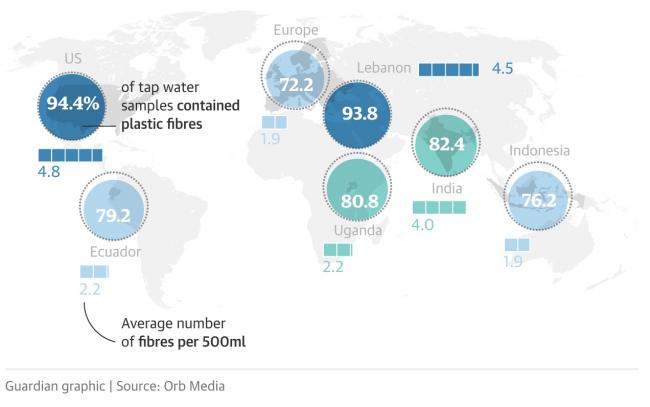And the Gold Goes to Knitting! Fiber Arts in the News
Recipe for winning Gold? Knitting and Netflix.
Lizzy Yarnold, gold medalist in Skeleton at PeyongChang (who should get gold for best last name in our opinion) warmed out hearts with a great interview written up at The Guardian. Lizzy appreciates knitting because “My nan taught me to knit years ago and passed away two years ago and so it’s a way to feel connected with her”. Also, it’s a great way to cope with the unimaginable stress of Olympic competition. For the full inspiring interview, head on over to The Guardian.
Finnish Olympians are fiber arts fanatics
Turns out that more than half of the Finnish Olympians are knitting! Like Lizzy, they find it a great way to calm their nerves, keep the mood light, and stay grounded. With so many knitting what are they making? Super cool it turns out: they’re collaborating on a blanket for their president’s newborn son! Maine Public has more of the story, as does Business Insider and many others as evidenced on Twitter’s #knittingteamfi hashtag feed.
Gold Medal for Reducing Pollution Goes to: Natural Fibers
Wool, cotton, and other natural fibers “just feel right”, and that’s reason enough to love them and use them in our projects. New research summaries provide another reason to feel good about using them – keeping our drinking water and wild environments free of “microplastic pollution” from textiles. Up to 35% of primary source marine plastic pollution may originate from synthetic fibers, and over 90% of tap water samples in the US are contaminated with plastic microfibers. How so? Clothing like fleece jacket can release hundreds of thousands of fibers with each wash. These fibers persist and accumulate in the environment and in living animals. What does this all mean? Researchers are just starting to understand the consequences and scope of the problem, so this is something we’ll be keeping our eye on for updates.
How do natural fibers help? Importantly, natural fibers shed less, and what they do shed biodegrades in the environment in any case. But more than that – natural fibers have have less impact on the environment during their “use phase”. Wool garments in particular are used longer and last longer (especially when hand made – keep that sweater because it’s special!) and require less frequent washing and care. Looking at this research, we actually wonder if, given the use patterns of hand-made garments, even those made with synthetic fibers would have greatly reduced environmental impact as compared to mass-produced garments?
In any case, a huge thank you to all our awesome customers for helping to keep our planet beautiful and reducing pollution with natural fibers!






